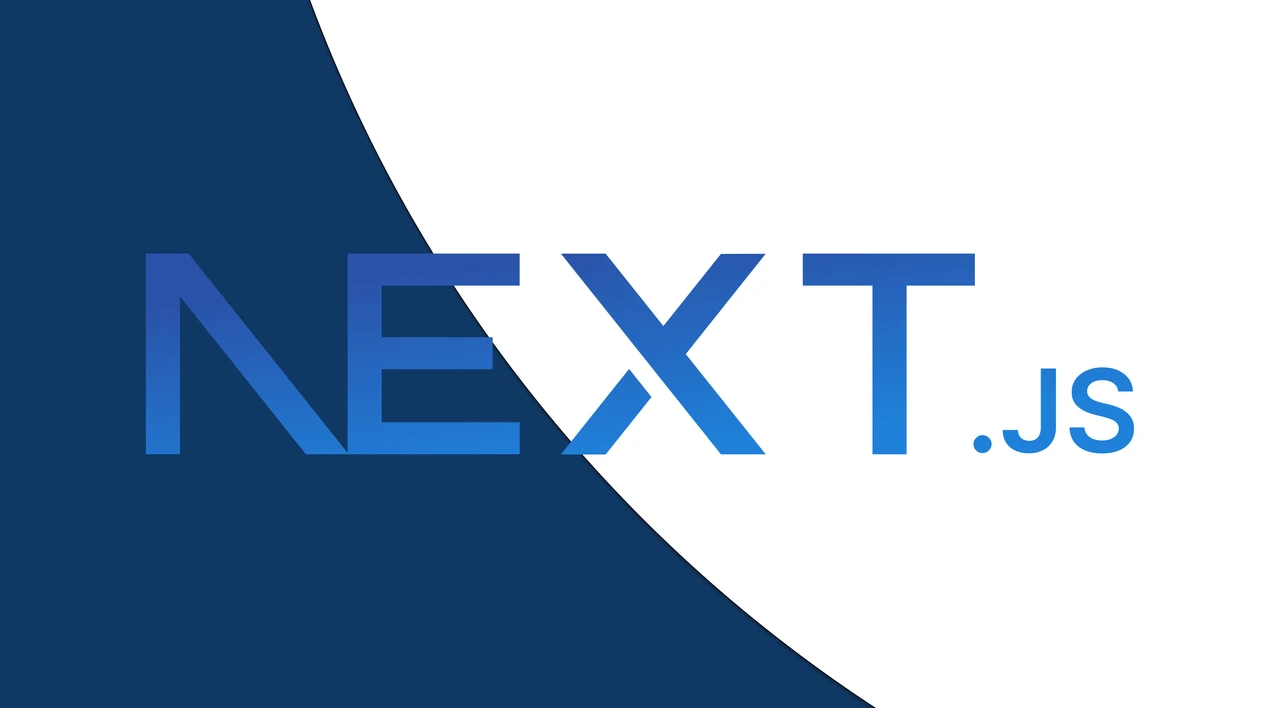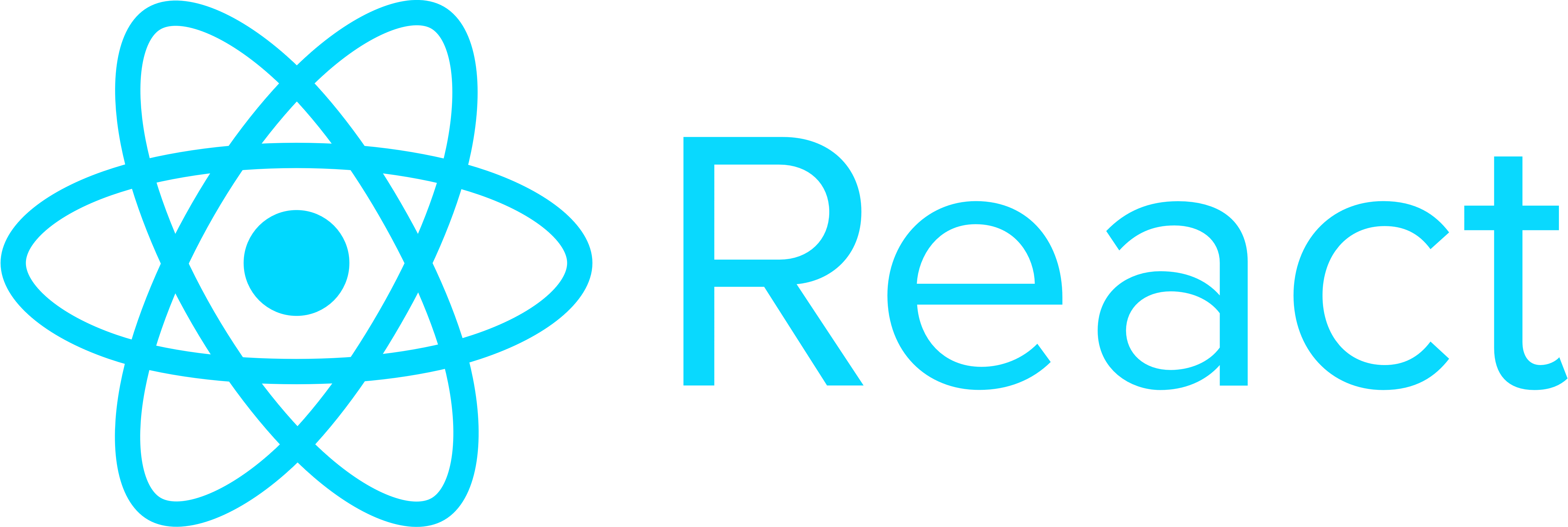SHARE
What is Next.js? An Overview in 2025

Contents
Contents
Introduction
In the exciting world of web development, there are numerous frameworks and tools available to help developers build robust and efficient applications.
Frameworks improve the developer experience by providing tools, libraries, and common production standards that allow a developer to build things quickly while making the coding experience more pleasant.
One such framework that has gained significant popularity in recent years is Next.js. In this article, we will explore what Next.js is, its practical uses, advantages and disadvantages, and the best frontend frameworks to use with it.

What is Next.js?
Next.js is a powerful and flexible React framework for building modern web applications. It is built on top of Node.js, a JavaScript runtime that allows developers to run JavaScript code on the server side.
Next.js combines the best features of React, a popular JavaScript library for building user interfaces, with server-side rendering, static site generation, and other advanced features.
This makes it an excellent choice for improving the scalability and performance of web applications.
Next.js was created by the private company Vercel to address issues that appear with traditional React apps. React apps can only render in users’ browsers.
But that can be problematic if the client has JavaScript disabled or there is a lot of information to render.
Next.js extends the functions of React by rendering pages and apps on the server side, making the process fast and efficient.
React thus becomes a viable option as a framework for creating a mobile app with the power of Next.js.
The framework author, Guillermo Rauch, serves as the CEO of Vercel, and the project’s lead maintainer is Tim Neutkens.

What is Node.js?
Node.js, on the other hand, is a JavaScript runtime that allows developers to execute JavaScript code outside of a web browser.
It provides an event-driven, non-blocking I/O model that makes it lightweight and efficient. Node.js is widely used for building server-side applications, APIs, and real-time applications.
What is Next.js Used For?
It is a versatile framework that can be used for various types of web applications. Here are some practical uses for Next.js:
Static Websites
Next.js allows developers to generate static websites, where the content is pre-rendered at build time and served as HTML files. This approach provides fast initial page loads and improved search engine optimization (SEO).
Dynamic Websites
Next.js supports server-side rendering, which means that pages can be rendered on the server and delivered to the client with initial data.
This is particularly useful for applications with frequently changing content or personalized user experiences where the speed of the app is an important consideration.
Single-Page Applications (SPAs)
Next.js can also be used to build SPAs, where the application runs entirely in the browser. It provides client-side routing and supports data fetching on the client side, making it ideal for interactive and highly dynamic applications.
Advantages of Next.js
Next.js offers several advantages that make it a popular choice in the coding community:
Ease of Use
Next.js provides a simple and intuitive API, making it easy to get started with building web applications.
It also offers built-in support for CSS and Sass, allowing developers to style their applications with ease.
Performance
With features like server-side rendering and static site generation, Next.js enables fast initial page loads and optimal performance.
It automatically optimizes and bundles the application for efficient delivery to the client.
SEO-Friendly
Next.js generates static files written in HTML, which are easily crawlable by search engines. This improves search engine optimization (SEO) and helps your website rank higher in search results.
Disadvantages of Next.js
While Next.js has numerous advantages, it’s important to consider some of the potential disadvantages:
Learning Curve
Although Next.js offers an intuitive API, it still requires developers to have a solid understanding of React and JavaScript.
Beginners may find the learning curve steep, especially if they are not familiar with these technologies.
On the other hand, documentation is abundant for the JavaScript language and React framework. These resources are readily available for anyone willing to jump in and learn.
Complex Routing
Next.js provides a powerful routing system, but it can be complex to configure and customize.
Developers may need to spend additional time understanding and working with the routing features.
Alternatives to Next.js
While Next.js is a popular framework for building web applications, there are several alternative frameworks available that serve similar purposes.
Here are some notable alternatives to Next.js:
Gatsby
Gatsby is a static site generator that leverages React to build fast, optimized, and highly customizable websites.
It focuses on performance and provides excellent support for content-driven sites, blogs, and e-commerce applications.
Gatsby offers features like server-side rendering, image optimization, and data sourcing from various content management systems.
Nuxt.js
Nuxt.js is a framework for building server-side rendered (SSR) and static-generated Vue.js applications.
It provides an opinionated project structure and simplifies the development process by automatically handling routing, server-side rendering, and bundling.
Nuxt.js is known for its simplicity and ease of use.
Angular Universal
Angular Universal is a server-side rendering solution for Angular applications. It allows developers to render Angular applications on the server and deliver fully rendered pages to the client.
Angular Universal helps improve performance, SEO, and initial page load times by generating static HTML on the server.
Best Front-End Development Frameworks for Next.js
Next.js is often used in conjunction with frontend frameworks to enhance the development process. Here are some of the best frontend frameworks that can be used with Next.js:
React
Next.js is built on top of React, and the two technologies complement each other seamlessly. Because of this, Next.js is a favorite for React developers. React provides a component-based architecture for building user interfaces, while Next.js offers server-side rendering and other optimizations.
Tailwind CSS
Tailwind CSS is a highly customizable CSS framework that provides utility classes for quickly styling your Next.js applications. It integrates well with Next.js and allows for rapid prototyping and development.
Chakra UI
Chakra UI is a lightweight and accessible component library that works great with Next.js. It provides a set of pre-styled components that can be easily customized and used to build responsive web applications.
Summary
In summary, Next.js is a powerful framework for building custom web applications.
It combines the best features of React with server-side rendering and other advanced optimizations, making it a game-changer choice for various types of projects.
While it has a learning curve and complex routing, the advantages such as ease of use, performance, and SEO-friendliness outweigh the potential disadvantages.
When used in conjunction with frontend frameworks like React, Tailwind CSS, and Chakra UI, Next.js becomes an even more robust and efficient development tool.
Frequently Asked Questions
What is a web framework?
A web framework is a software that lets a person create a website or application code more efficiently than the base programming language alone. For example, a framework may provide access to standardized code conventions so that programs are designed the same way, saving time in finding errors.
A framework may provide libraries of common functions so that less time is spent creating boilerplate code.
What is the node package manager (NPM)?
The node package manager is a library and registry for JavaScript software packages. It lets you install different packages via the command line and manage their dependencies.
What is a JavaScript framework?
A JavaScript framework is a web framework specific to the JavaScript programming language.
It often contains a collection of code libraries that provide a web developer with pre-written code for common tasks.
Think of frameworks as providing a layer of abstraction – stepping back from the complexity of working with JavaScript directly so that the coding process becomes simpler, but also more powerful.
Is Next.js good for web development?
Next.js is good for web development because of its open-source nature and wide range of features.
It is SEO-friendly and developers can deploy more robust apps and sites and reach better performance standards when using a tool like React.js.
Is Next.js good for mobile development?
Next.js is gaining popularity in the growing React community. Its powerful abilities let you deploy an app that is fast and ideally suited to mobile devices.
Expert React Development Services
Flatirons provides top-rated React development services.
Get the CEO's Take
Handpicked tech insights and trends from our CEO.
Expert React Development Services
Flatirons provides top-rated React development services.
Get the CEO's Take
Handpicked tech insights and trends from our CEO.

Record Information System (RIS) for Healthcare Data Management
Flatirons
Jul 02, 2025
Proof of Concept Examples: Validating Ideas in Action
Flatirons
Jun 30, 2025
Javascript Developer Salary Insights in the US
Flatirons
Jun 28, 2025
Powerful Electron Alternatives for Cross-Platform App Development
Flatirons
Jun 28, 2025
Why Is Python So Popular – Explained for Beginners
Flatirons
Jun 28, 2025
What is a White Label App?
Flatirons
Jun 28, 2025